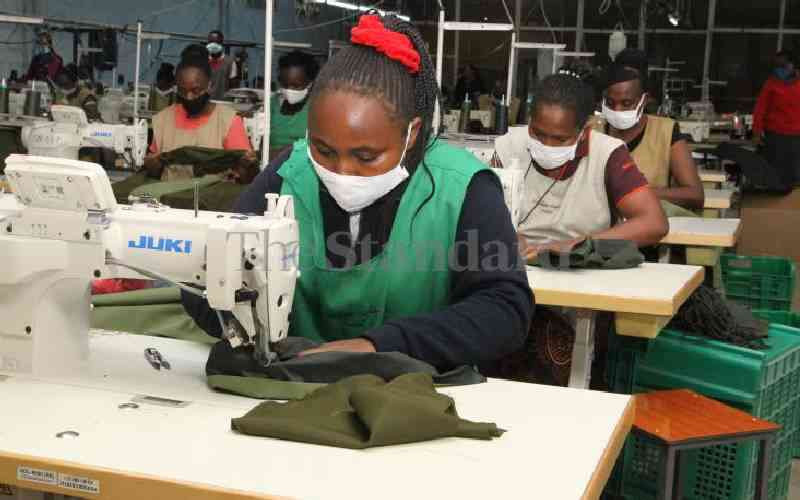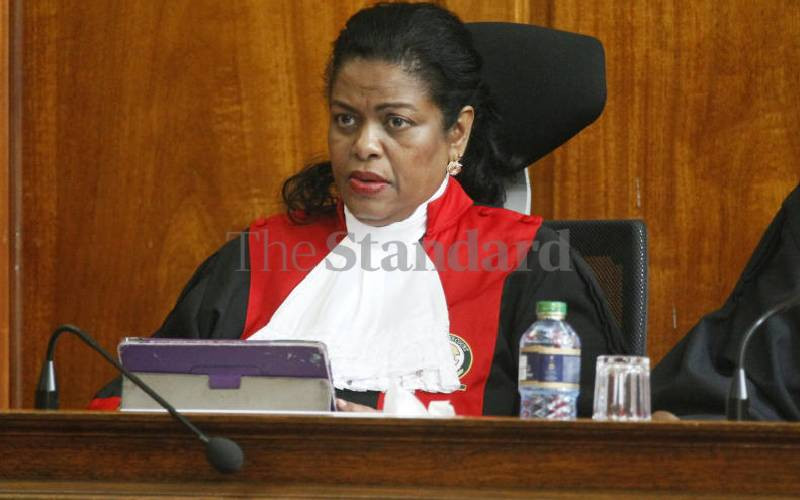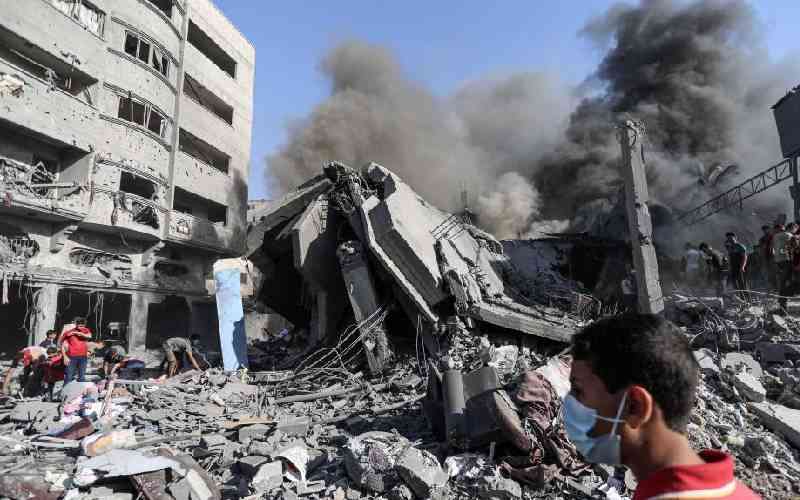The media reported that Justice Smokin Wanjala has now sought legal advice and filed a defence following a complaint that he, together with some members of the Supreme Court, allegedly accepted a bribe to influence their decision in the Wajir governor election petition. Eventually the affected four justices will defend themselves against the accusations they face, joining another judge of the same court, JB Ojwang, against whom the Judicial Service Commission (JSC) has already advised the President to appoint a tribunal to commence formal disciplinary proceedings.
All this is before the JSC makes public the names of a further 13 judges, complaints against whom, it has already said have substance. It is going to be messy when all these disciplinary proceedings commence. Not since the two purges against the Judiciary after the Narc government took power in 2003, and again during the vetting that followed the enactment of the new Constitution in 2010, would there have been as much disciplinary activity in the judiciary as is likely to unfold in coming days.
The key question, however, is how the disciplinary process should be regarded. Should it be viewed as evidence that the disciplinary mechanism in the Judiciary is working and that this should therefore be a source of public confidence in it? Or should it be seen as evidence that the judiciary is rotten which is why so many judges are attracting disciplinary problems?
Each of the two purges in the Judiciary represented a “never-again” moment for the country. After years of judicial misconduct, including clear political partisanship in favour of a repressive state, and also credible evidence that judges were taking bribes, the “radical surgery” after the 2003 elections was supposed to provide a new slate in the judiciary, which would put behind this negative history.
Radical surgery
The vetting of judges and magistrates that took place after the 2010 Constitution was a continuation of the radical surgery of 2003. After a promising start, the radical surgery eventually ground to a halt, partly because it had gone on for too long, losing public interest in the process, and partly because the recriminations that it raised allowed the accused judges to play victim, sapping the political support that the process had enjoyed at the beginning.
As a continuation of the radical surgery, the vetting process came with a better design, meant to remove the perception of arbitrariness with which the initial purge had come to be viewed, and was also cushioned against potential distractions, resulting from legal challenges against the process. In this regard, the vetting process was designed to be immune from judicial challenge, even though court cases were, in fact, brought against the process.
Because the vetting of judges came with the assumption that all would be well for the Judiciary once the vetting process removed the bad judges, leaving in place only the good ones, and also because it was assumed that the mass removals would act as a deterrent on future judicial misconduct, it is surprising that the Judiciary is going through a phase in which a conclusion may be reached that no lessons were learnt as result of the vetting process.
It is particularly astonishing that the Supreme Court has also been caught up in the complaints about judicial misconduct. That court was only established after the new Constitution and its creation was based on an assumption that because the existing Judiciary had failed the country, establishing a new apex court would provide new levels of judicial leadership and accountability as would inspire the country to overcome the legacy of the existing Judiciary.
In the short time that the Supreme Court has existed, it has not always behaved differently from the lower tiers of the Judiciary that it was supposed to be better than. After its establishment, the court soon took a character of arbitrariness of which the Court of Appeal, as the apex court at the time, was often accused. Paradoxically, the demeanour of Court of Appeal improved soon after the Supreme Court was established.
After massive criticism over its dubious handling of the 2013 presidential election petition, the Supreme Court redeemed itself when it annulled the next presidential election in 2017, but then behaved the same way it had behaved in 2013, when presented with a petition arising from the fresh presidential election. The court now stares at possible ignominy with its members facing bribery allegations.
Whatever the outcome of the disciplinary process, Kenya has reached a moment where a public discussion is needed on the assumptions that went into recent judicial reforms. Key questions need answers, including whether the country has derived the value that was assumed would come from the Supreme Court as a third tier of the courts of record and, secondly, whether the existing methods of selecting judges, including in the Supreme Court, is appropriate for the country.
- The writer is the Executive Director at KHRC. [email protected]
 The Standard Group Plc is a
multi-media organization with investments in media platforms spanning newspaper
print operations, television, radio broadcasting, digital and online services. The
Standard Group is recognized as a leading multi-media house in Kenya with a key
influence in matters of national and international interest.
The Standard Group Plc is a
multi-media organization with investments in media platforms spanning newspaper
print operations, television, radio broadcasting, digital and online services. The
Standard Group is recognized as a leading multi-media house in Kenya with a key
influence in matters of national and international interest.
 The Standard Group Plc is a
multi-media organization with investments in media platforms spanning newspaper
print operations, television, radio broadcasting, digital and online services. The
Standard Group is recognized as a leading multi-media house in Kenya with a key
influence in matters of national and international interest.
The Standard Group Plc is a
multi-media organization with investments in media platforms spanning newspaper
print operations, television, radio broadcasting, digital and online services. The
Standard Group is recognized as a leading multi-media house in Kenya with a key
influence in matters of national and international interest.








